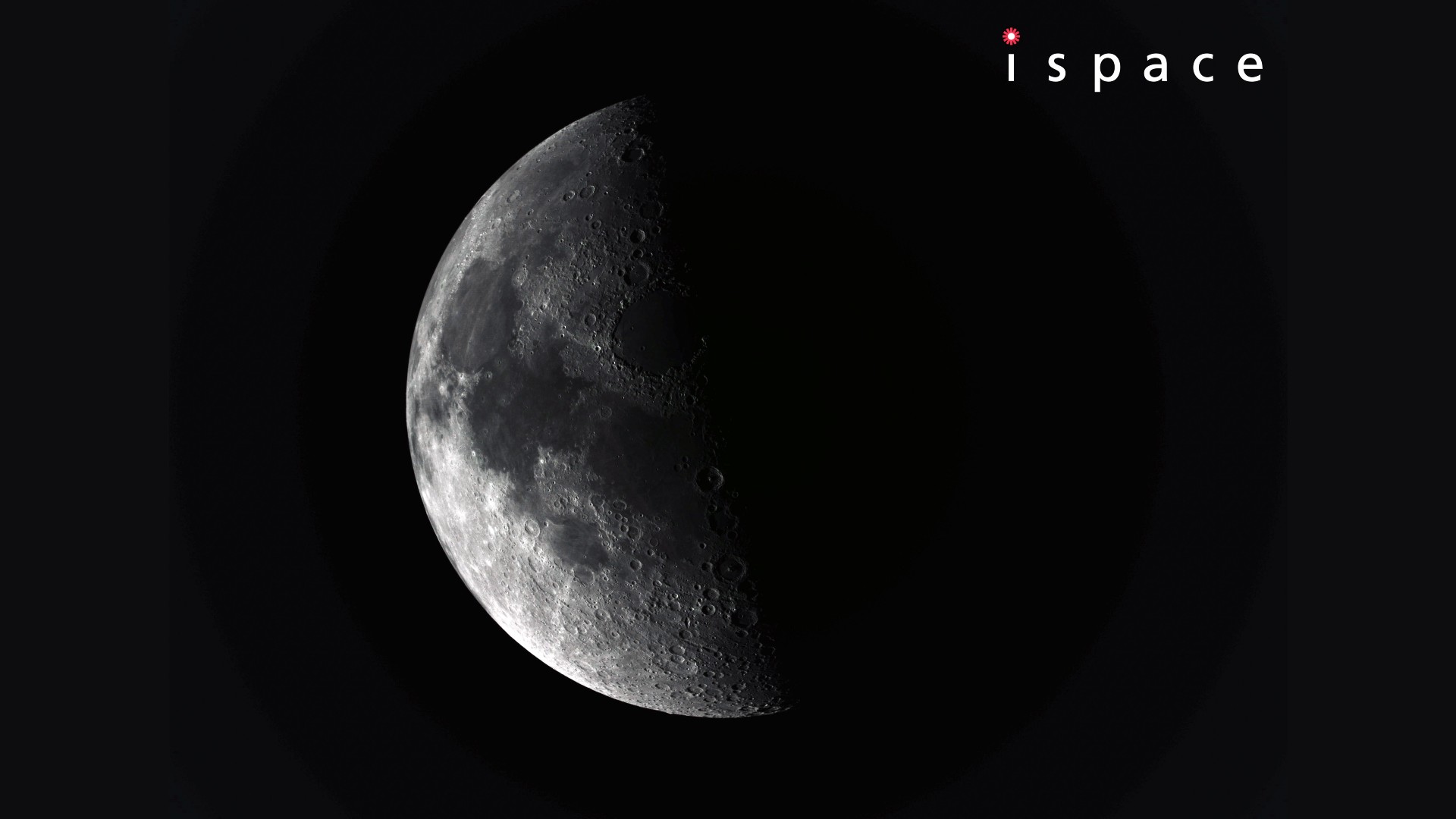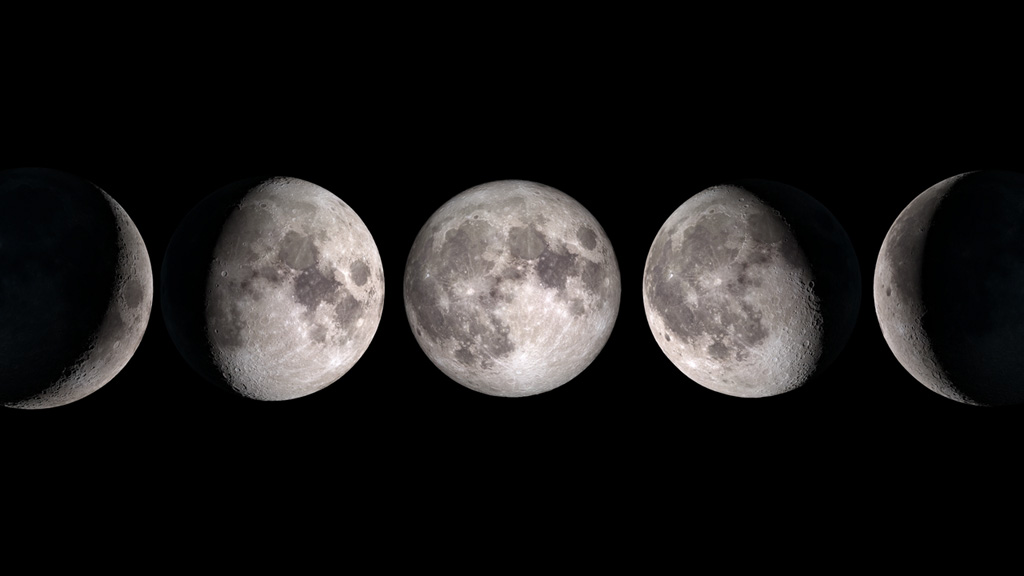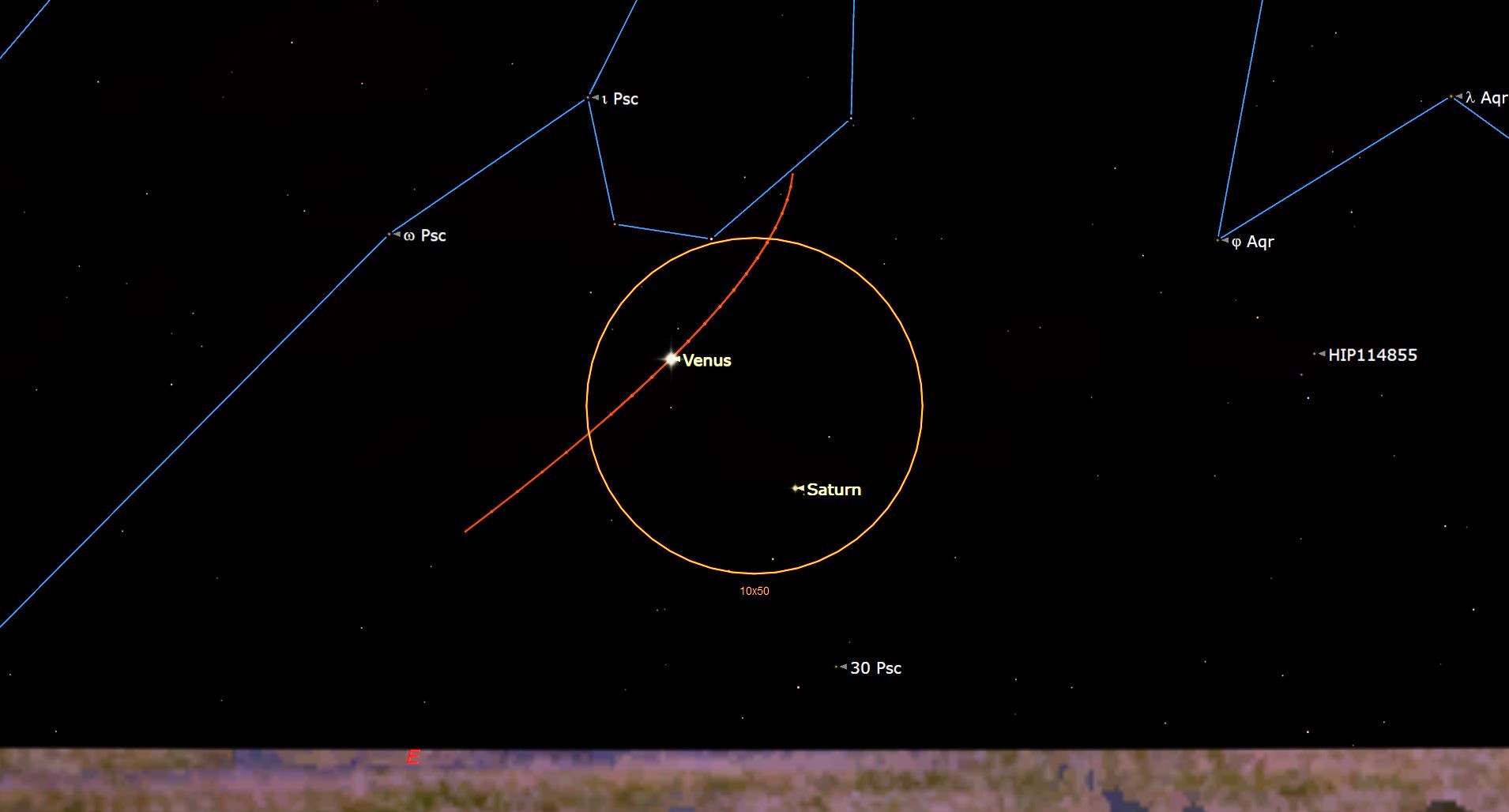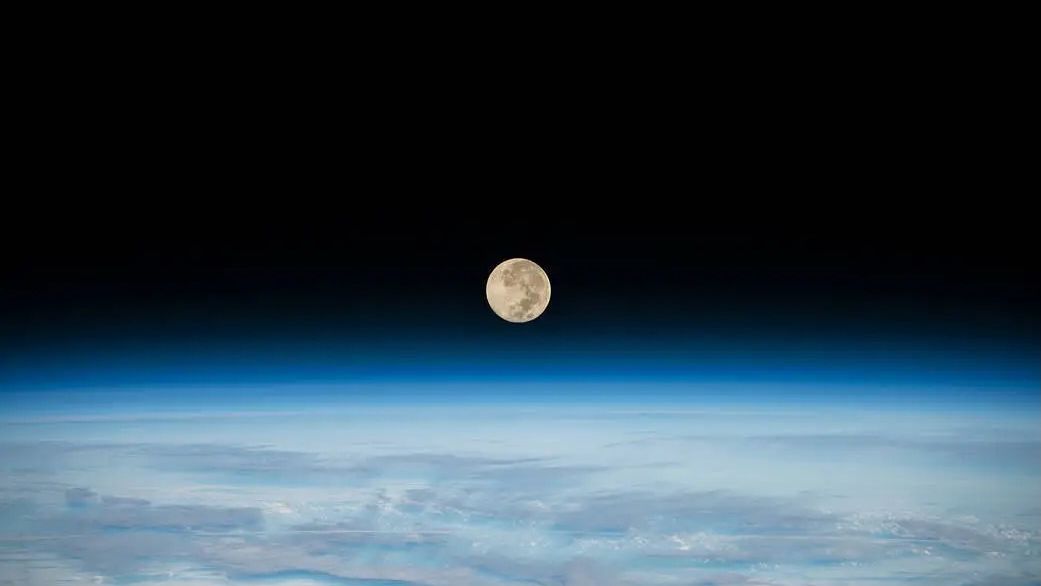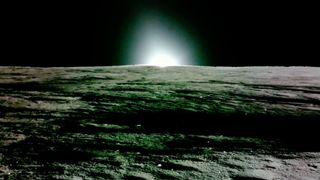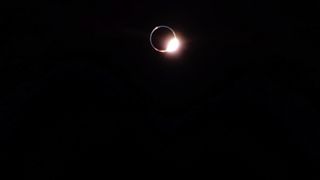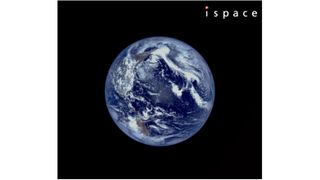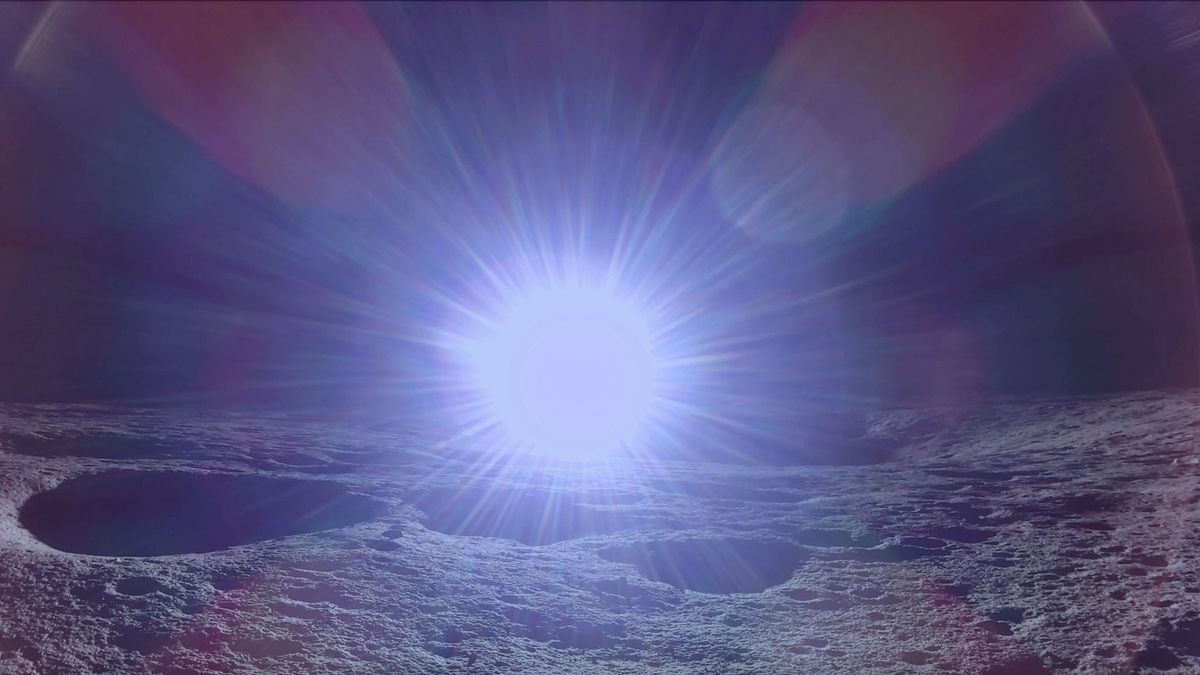The moon spent a few million years as a volcanic wasteland, covered with ongoing eruptions that spewed from mountains and even from the ground itself. New research suggests that the moon’s orbit could have turned it into a molten monster for a few tens of millions of years. The result may have been comparable to Jupiter’s moon Io, the most volcanic body in the solar system. Early in the history of the solar system, a massive protoplanet plowed into a young Earth. The colliding material intermixed, then reformed into two…
Read MoreTag: The moon
Japan’s Resilience moon lander arrives in lunar orbit ahead of historic touchdown try
A private Japanese lunar lander is now in orbit around the moon. The Resilience spacecraft, which was built by the Tokyo-based company ispace, arrived at the moon on schedule Tuesday (May 6), keeping it on target for a historic touchdown try a month from now. “First and foremost, we are extremely pleased that the Resilience lander successfully reached lunar orbit as planned today,” Takeshi Hakamada, ispace’s founder and CEO, said in a statement. “We will continue to proceed with careful operations and thorough preparations to ensure the success of the…
Read MoreWhat time is it on the moon? US House space committee wants a standard lunar clock
We are one step closer to getting a lunar time zone this week, as a bill passed out of the US House Science, Space and Technology committee directs the administrator of NASA to develop a way to coordinate and measure time on the moon. The bill is titled The Celestial Time Standardization Act (or HR 2313), and was passed out of committee by a voice vote on Tuesday (April 29). It now goes to the full House for a future floor vote. If it passes the House (and then the…
Read MoreNew moon of April 2025 sees Venus and Saturn join up in the sky this weekend
The new moon occurs April 27, and a day later Venus and Saturn will make a close approach to each other (known as a conjunction) in the predawn sky. To make a new moon, you need to line up the sun, moon and Earth. From the earthbound observer’s viewpoint, the sun and moon are at the same celestial longitude, a projection of the Earth’s longitude lines on the sky. Most often the moon passes above or below the sun but at times it passes directly between the sun and Earth,…
Read MoreEaster is coming late in 2025, astronomically speaking. Here’s why
Saturday night (April 12) brings us the April full moon, which traditionally is known as the “Pink Full Moon.” The Native Americans who once occupied the northern and eastern United States kept track of the seasons by attaching distinctive names to each full moon that occurred at approximate 29-day intervals during the course of the year The “Pink Moon” name is rather deceptive, however, because it might initially give some the idea that on that particular night the full moon will appear to glow with a pinkish or salmon hue.…
Read MoreWatch the sun set over the moon in epic video from private Blue Ghost lunar lander
Firefly Aerospace’s Blue Ghost lunar lander made the most of its last few hours of life on the moon. The solar-powered Blue Ghost shut down on Sunday evening (March 16), shortly after the sun set over its lunar locale. The lander watched our star’s descent and disappearance over the cratered horizon, capturing the oncoming, killing darkness in a poignant video that Firefly shared with the world today (March 18). “These are the first high-definition images taken of the sun going down and then going into darkness at the horizon [on…
Read MoreFarewell, Blue Ghost! Private moon lander goes dark to end record-breaking commercial lunar mission
The historic mission of Firefly Aerospace’s Blue Ghost lunar lander is over. The solar-powered Blue Ghost went dark on Sunday evening (March 16) after the sun set on its lunar locale, bringing an end to a highly successful two weeks of surface operations on the moon. “We battle-tested every system on the lander and simulated every mission scenario we could think of to get to this point,” Blue Ghost Chief Engineer Will Coogan said in a Firefly statement today (March 17) that announced the end of the mission. “But what…
Read MoreTouch down on the moon with private Blue Ghost lander in this amazing video
Blue Ghost had its eyes wide open during its epic moon landing last weekend. On Sunday (March 2), Blue Ghost — built and operated by the Texas-based company Firefly Aerospace — became just the second private spacecraft ever to soft-land on the moon, coming to rest in the near side’s Mare Crisium (“Sea of Crises”) region. We can now relive Blue Ghost’s historic descent, thanks to stunning footage captured by the lander. Firefly Aerospace’s Blue Ghost lunar lander captured this shot of its own shadow on the moon just after…
Read MoreSee Earth shine like a Blue Marble in this stunning photo by Japan’s private Resilience moon lander
The private Resilience moon lander now has a target touchdown date. The Tokyo-based company ispace, which built and operates Resilience, announced Monday (March 3) that it’s eyeing June 5 for the spacecraft’s lunar touchdown attempt. The current plan calls for Resilience to land that day at 3:24 p.m. EST (2024 GMT) near the center of Mare Frigoris (“Sea of Cold”), a basaltic plain in the moon‘s northern reaches. But that’s not set in stone. An image of Earth taken by the private Resilience lunar lander on Feb. 18, 2025. (Image…
Read MoreSunrise on the moon! Private Blue Ghost lander captures amazing shot after historic lunar touchdown (photo)
Firefly Aerospace’s Blue Ghost lander has captured a gorgeous shot of sunrise on the moon as it begins its workday on the lunar surface. Blue Ghost aced its lunar landing attempt on Sunday (March 2), setting down close to Mons Latreille, a solitary lunar peak in the vast basin Mare Crisium (“Sea of Crises”) in the northeastern region of the moon’s near side. And the spacecraft is already getting to work, starting up its science payloads and capturing amazing images of its surroundings and the distant Earth from the lunar…
Read More
